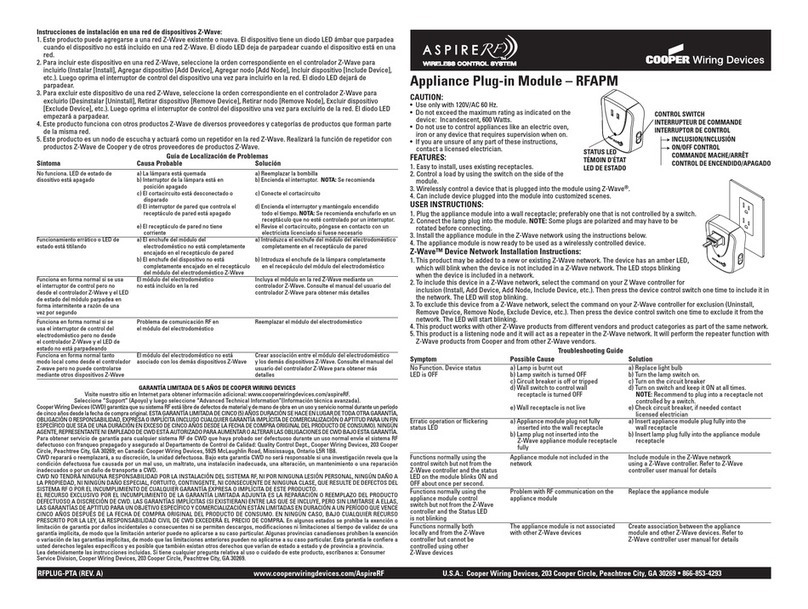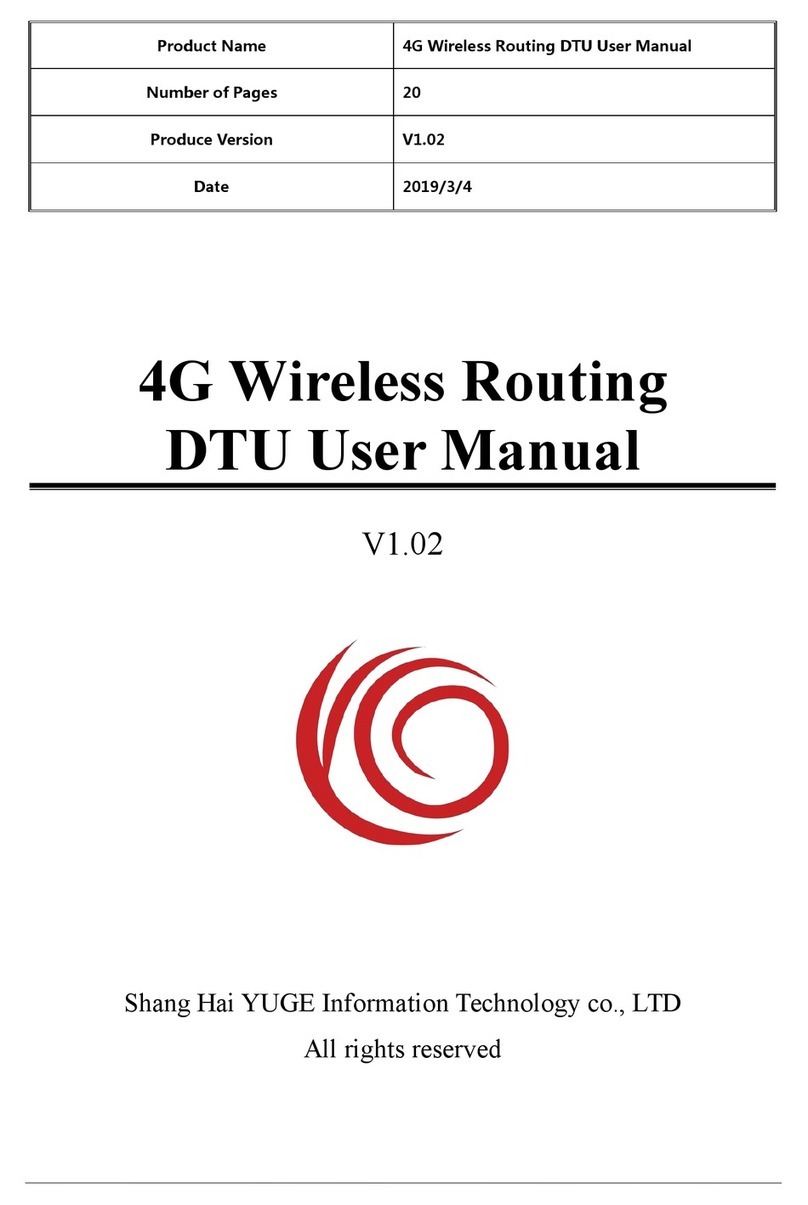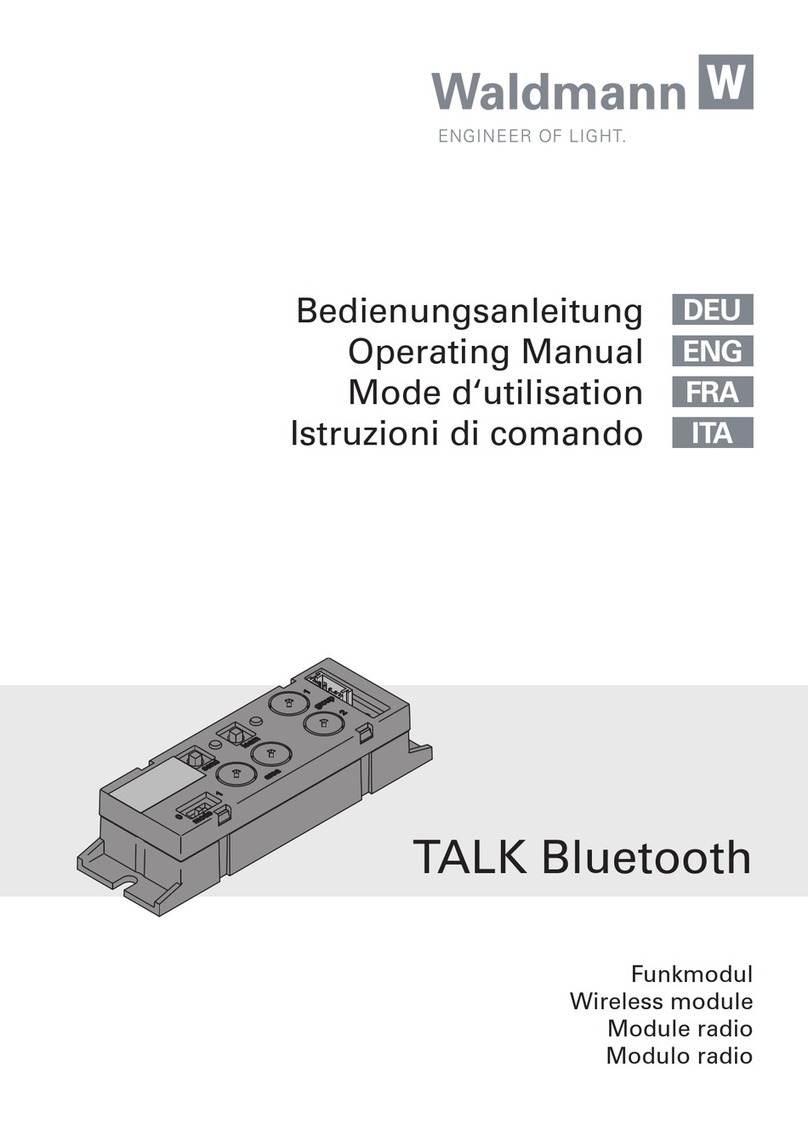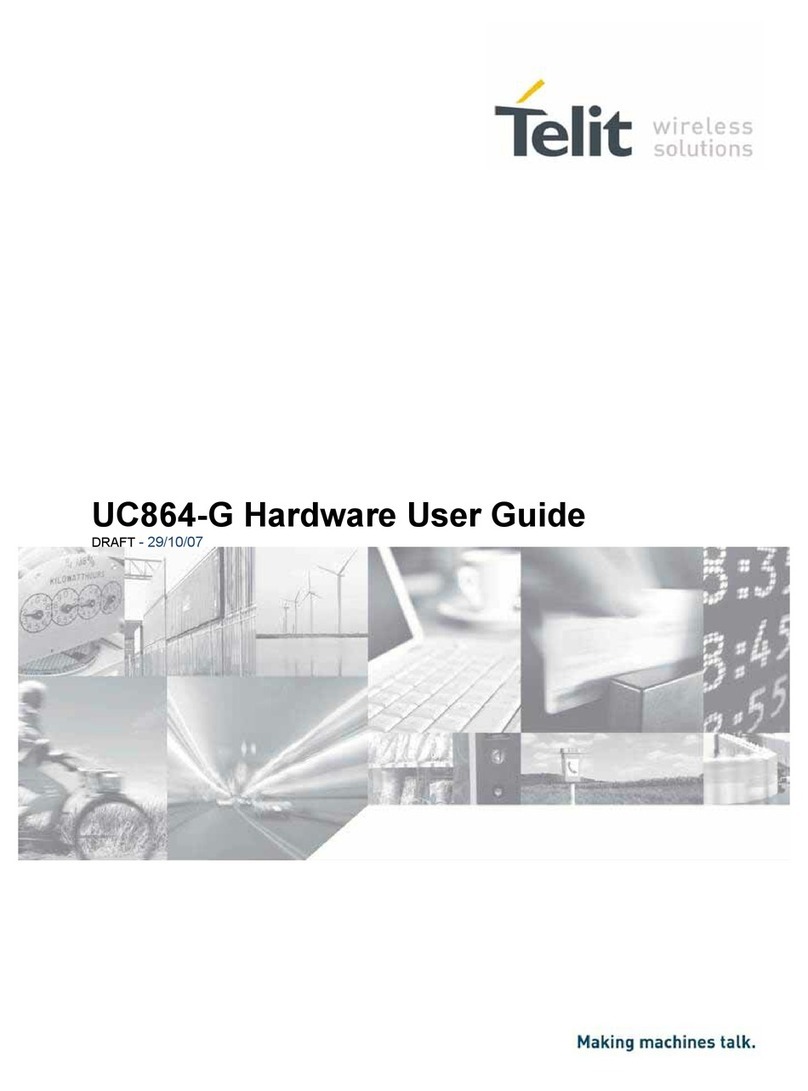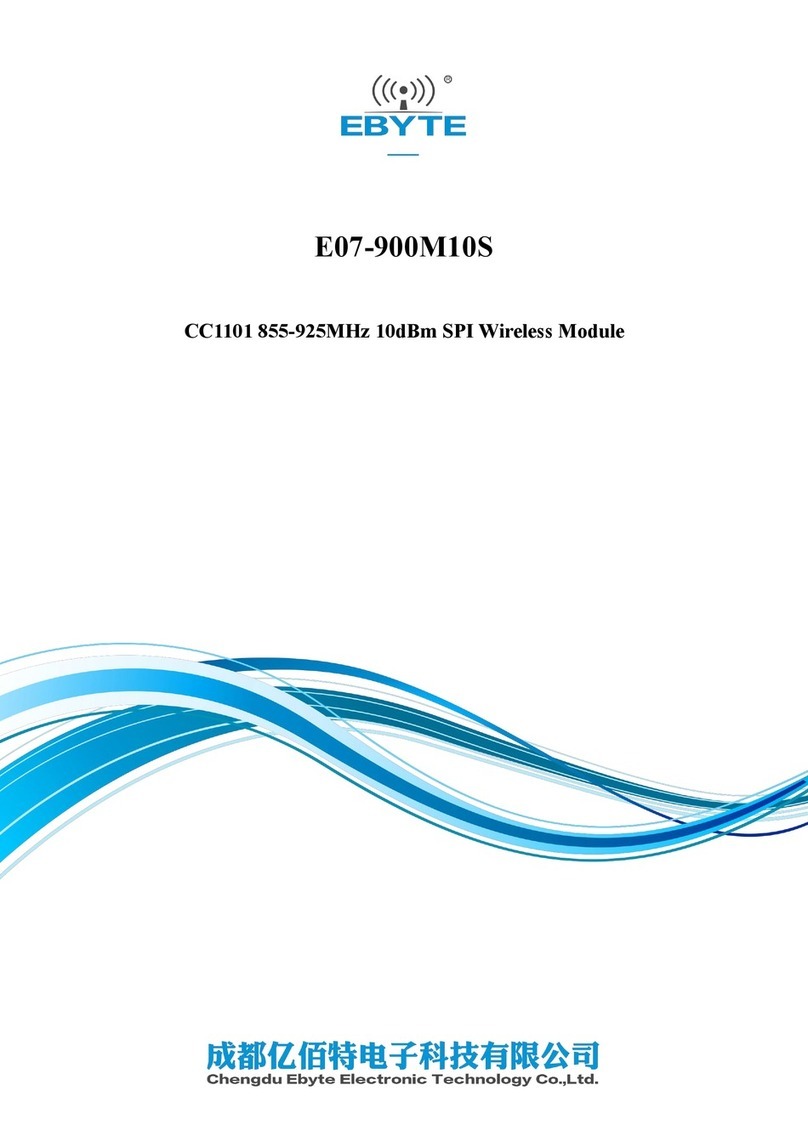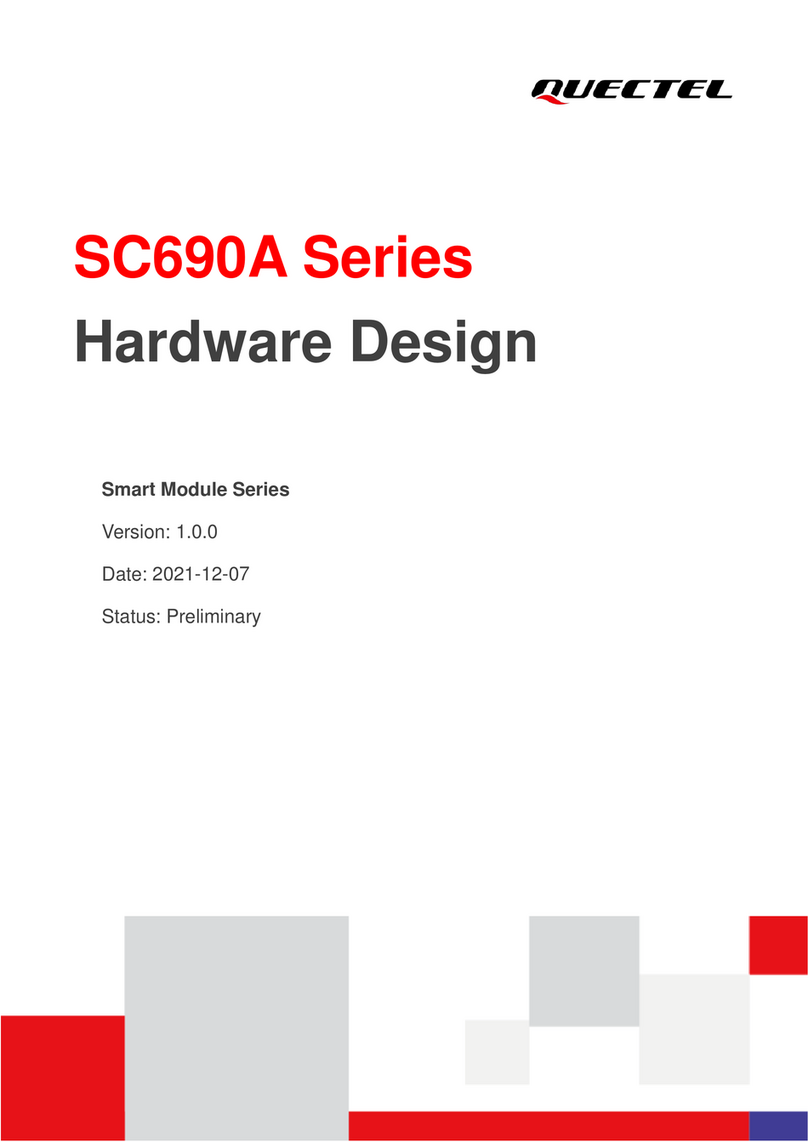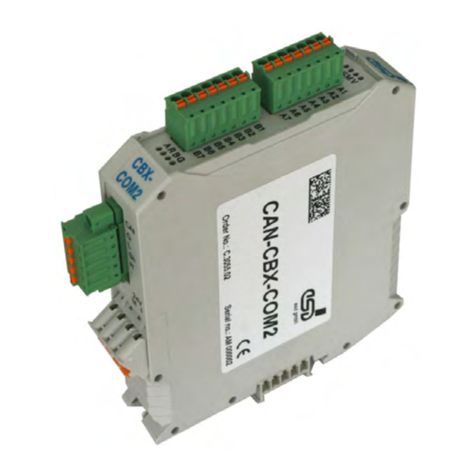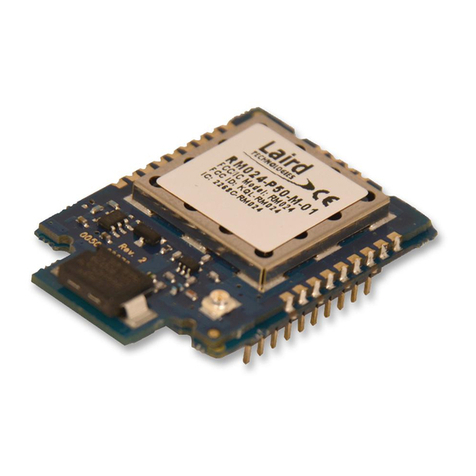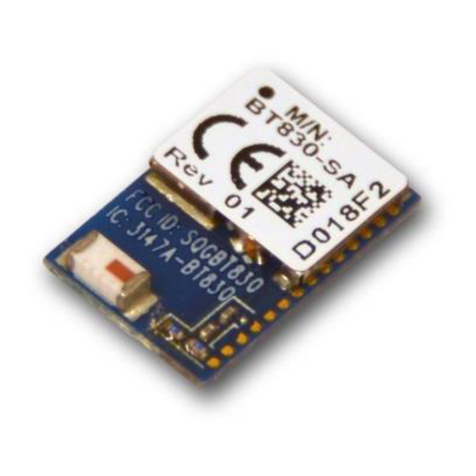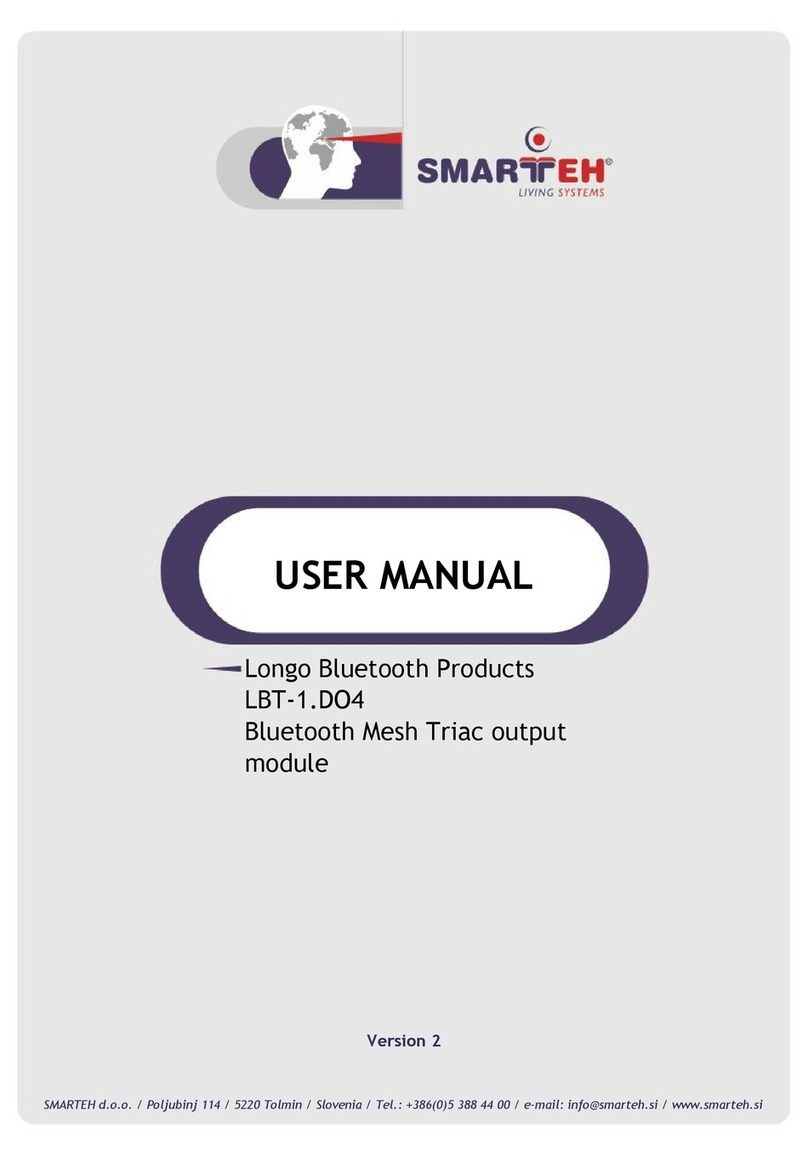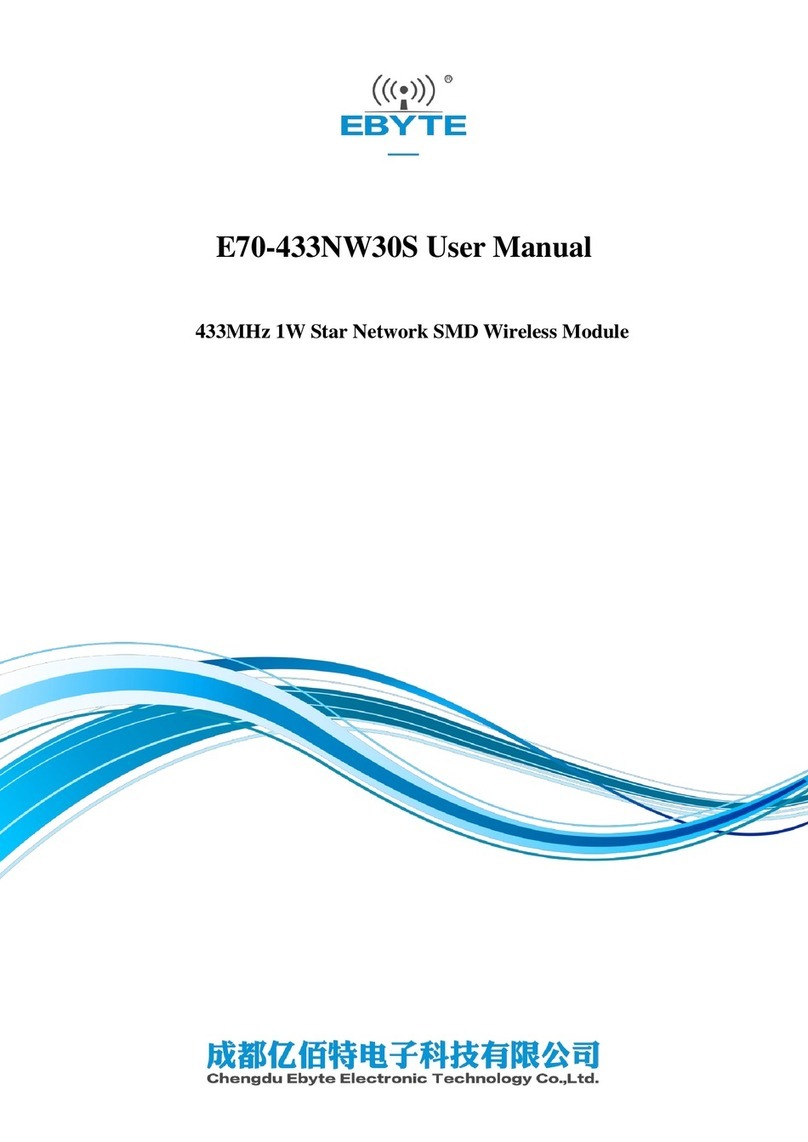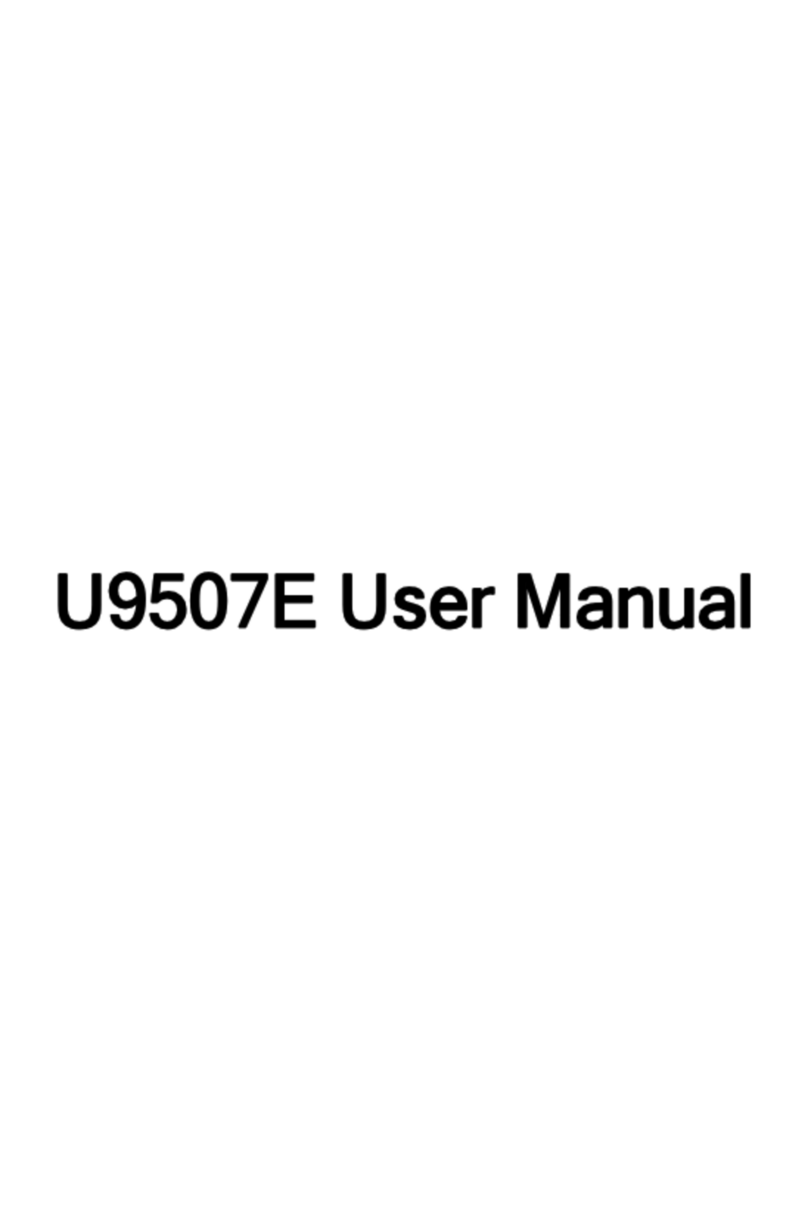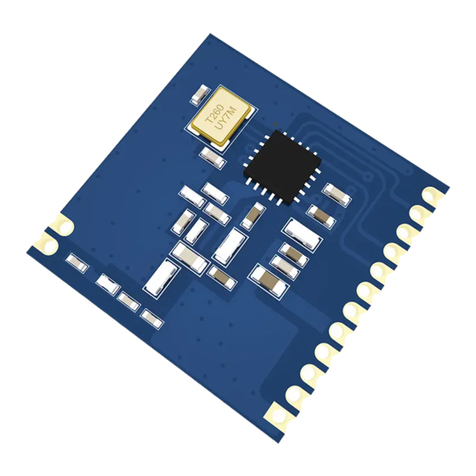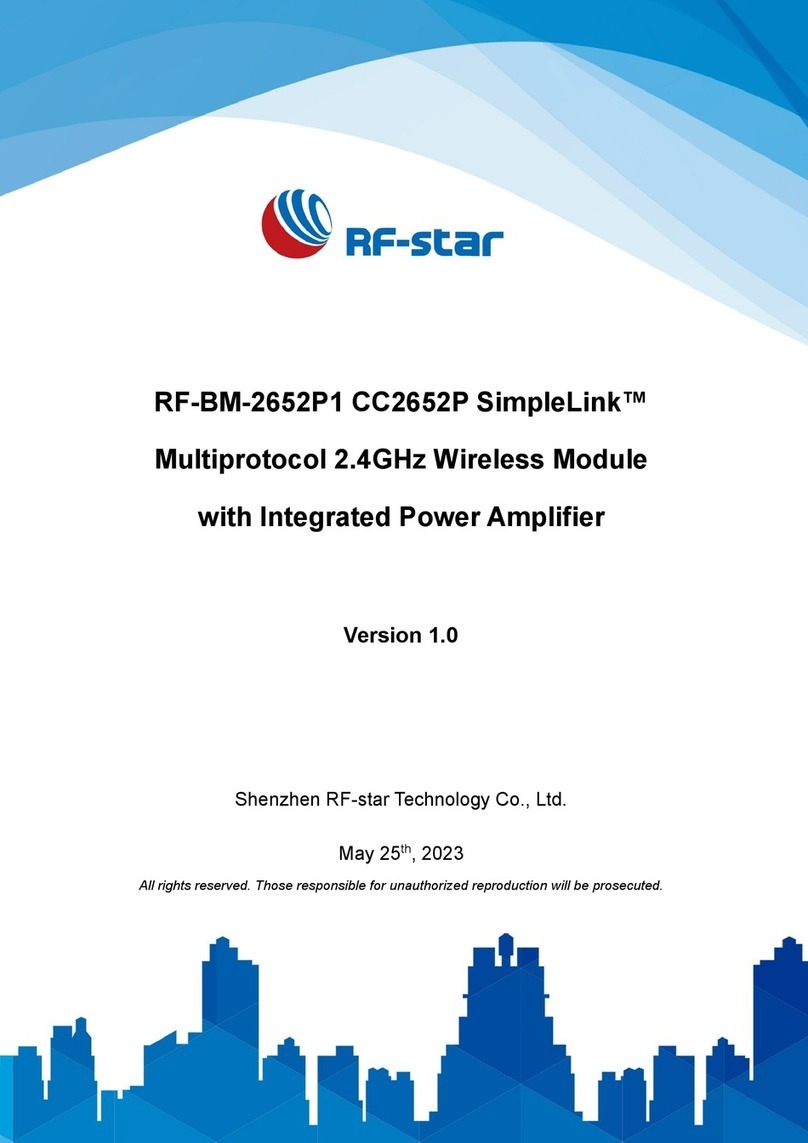
Manual • Doc.-No.: C.3012.21 / Rev. 1.1 CAN-CBX-REL4Page 6 of 99
5.3ElectricalGrounding.......................................................34
5.4BusLength ..............................................................34
5.5ExamplesforCANCables ..................................................35
5.5.1 Cable for Light Industrial Environment Applications (Two-Wire) . . . . . . . . . . . . . . . . 35
5.5.2 Cable for Heavy Industrial Environment Applications (Four-Wire) . . . . . . . . . . . . . . . 35
6. CAN-Bus Troubleshooting Guide ..............................................36
6.1Termination .............................................................36
6.2Ground .................................................................37
6.3ShortCircuitinCANWiring ................................................37
6.4CAN_H/CAN_LVoltage ...................................................37
6.5CANTransceiverResistanceTest ............................................38
7. CANopen Firmware .........................................................39
7.1 Definition of Terms . . . . . . . . . . . 39
7.2NMT-Boot-up ............................................................40
7.3TheCANopen-ObjectDirectory..............................................40
7.4 Communication Parameters of the PDOs . . . . . . . . . . . . . . . . . . . . . . . . . . . . . . . . . . . . . . . 41
7.4.1AccessontheObjectDirectory...........................................41
7.5 Overview of used CANopen-Identifiers . . . . . . . . . . . . . . . . . . . . . . . . . . . . . . . . . . . . . . . . 44
7.5.1SettingtheCOB-ID....................................................44
7.6DefaultPDO-Assignment ...................................................45
7.7SettingtheRelays .........................................................46
7.7.1 Supported Transmission Types Based on CiA 301 . . . . . . . . . . . . . . . . . . . . . . . . . . . . 46
7.8CommunicationProfileArea ................................................47
7.8.1UsedNamesandAbbreviations ..........................................47
7.9ImplementedCANopen-Objects..............................................48
7.9.1 Overview of Communication Profile Objects with Product-Specific Values . . . . . . . . 48
7.9.2 Device Type (1000
h
) ...................................................50
7.9.3 Error Register (1001
h
) ..................................................51
7.9.4 Pre-defined Error Field (1003
h
)...........................................52
7.9.5 COB-ID of SYNC-Message (1005
h
) .......................................54
7.9.6 Communication Cycle Period (1006
h
)......................................55
7.9.7 Manufacturer Device Name (1008
h
) .......................................56
7.9.8 Manufacturer Hardware Version (1009
h
) ...................................57
7.9.9 Manufacturer Software Version (100A
h
)....................................57
7.9.10 Guard Time (100C
h
) und Life Time Factor (100D
h
) ..........................58
7.9.11 Node Guarding Identifier (100E
h
) ........................................59
7.9.12 Store Parameters (1010
h
)...............................................60
7.9.13 Restore Default Parameters (1011
h
) ......................................62
7.9.14 COB_ID Emergency Message (1014
h
) ....................................64
7.9.15 Inhibit Time EMCY (1015
h
) ............................................65
7.9.16 Consumer Heartbeat Time (1016
h
) .......................................66
7.9.17 Producer Heartbeat Time (1017
h
) ........................................68
7.9.18 Identity Object (1018
h
) ................................................69
7.9.19 Synchronous Counter Overflow Value (1019
h
)..............................71
7.9.20 Verify Configuration (1020
h
)............................................72
7.9.21 Error Behaviour Object (1029
h
)..........................................73
7.9.22 NMT Startup (1F80
h
)..................................................74
7.9.23 Self Starting Nodes Timing Parameters (1F91
h
) .............................75
